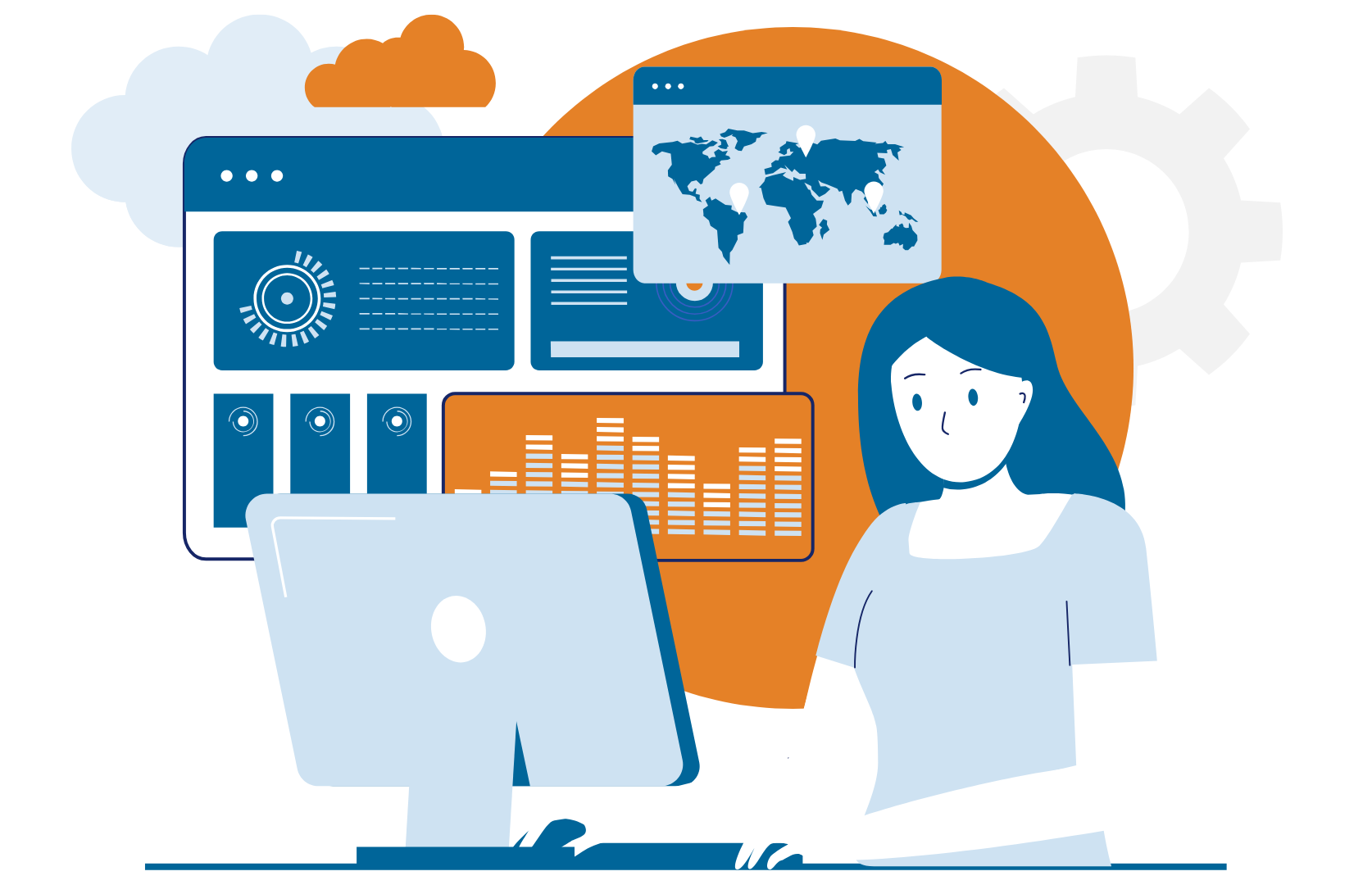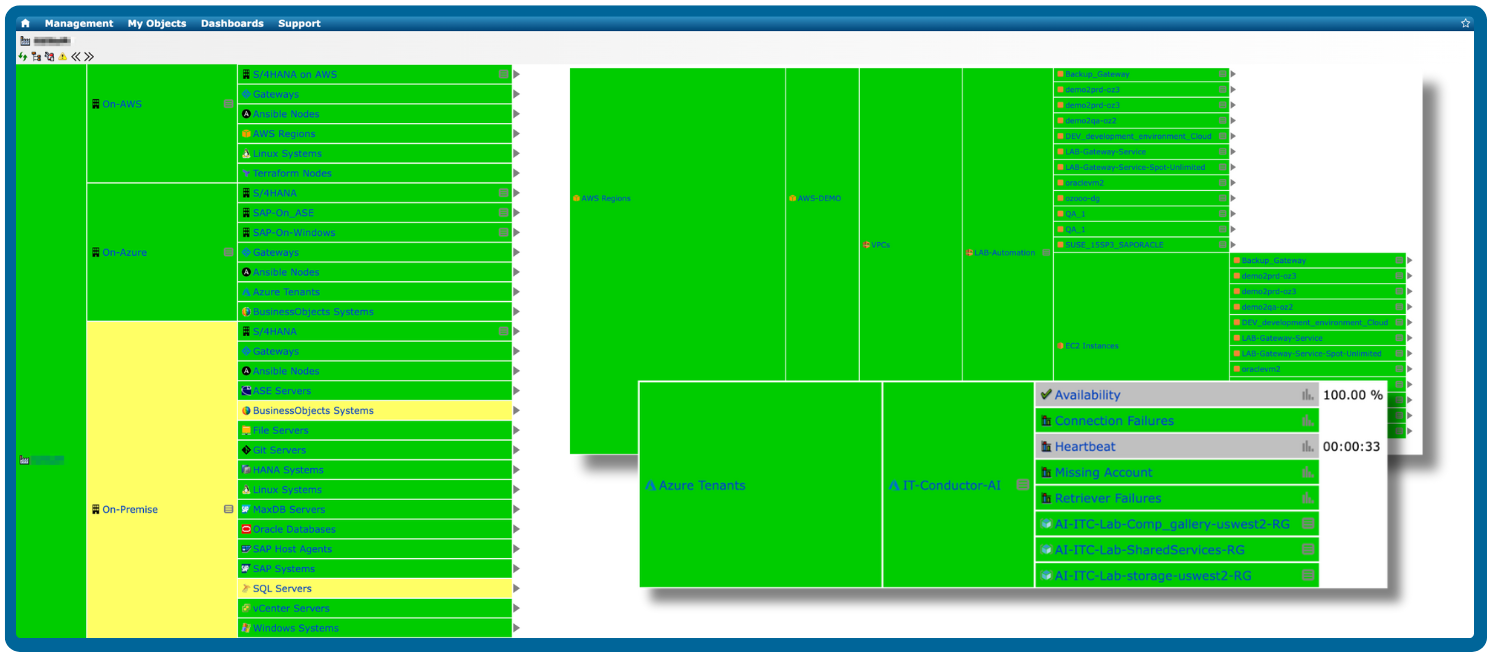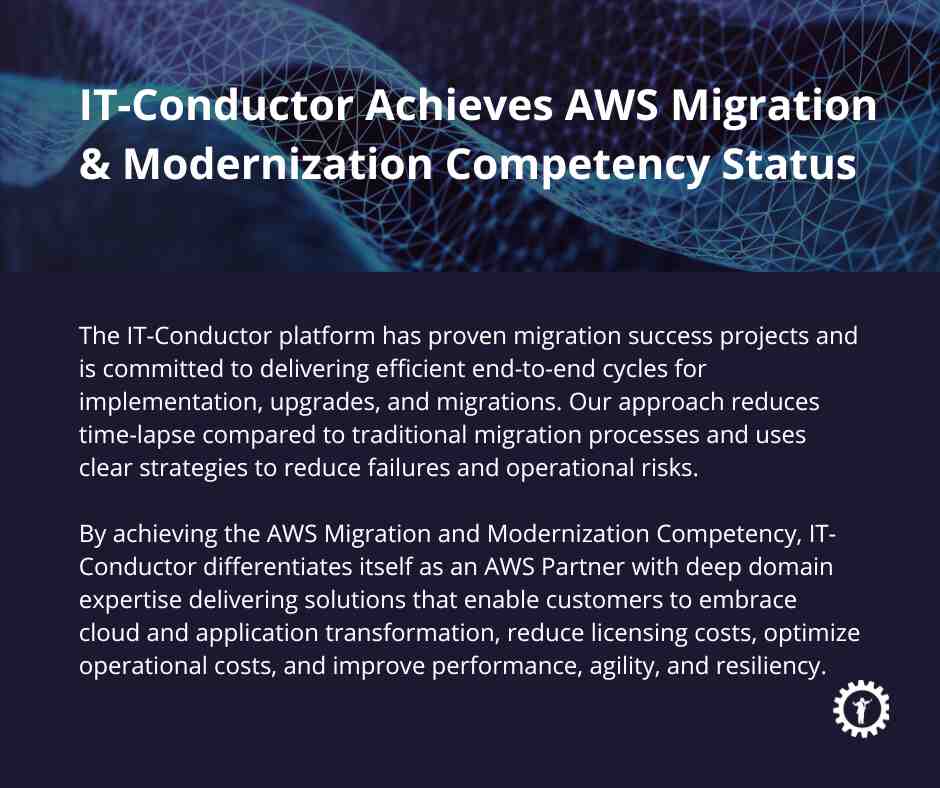Cloud monitoring is the process of continuously tracking, analyzing, and managing the performance, availability, and security of applications and infrastructure hosted in the cloud. It helps ensure that cloud services are running efficiently and alerts IT teams to potential issues before they impact users.








